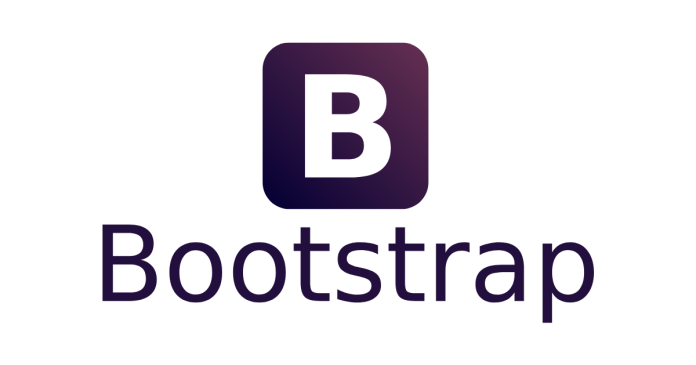Bootstrapping is a term with several meanings across different fields, including business, statistics, and computing. Here’s a breakdown of what it means in each context:
1. Bootstrapping in Business
- In the business world, bootstrapping refers to starting and growing a company with limited external funding or resources. Entrepreneurs rely on personal savings, revenue generated by the business, or minimal external investment to finance operations.
Key Characteristics:
- Self-reliance in funding.
- Focus on efficient use of resources.
- Gradual growth instead of rapid scaling.
Example: A startup begins by using personal savings to create a prototype and then reinvests profits from early sales to expand.
2. Bootstrapping in Statistics
- In statistics, bootstrapping is a resampling technique used to estimate the sampling distribution of a statistic. It involves repeatedly sampling, with replacement, from the original dataset to generate new samples.
Purpose:
- To calculate confidence intervals.
- To test hypotheses when traditional methods are impractical or assumptions are not met.
Example: Estimating the mean of a population by resampling a small dataset multiple times.
3. Bootstrapping in Computing
- In computing, bootstrapping refers to the process of starting a computer system or application. It originates from the phrase “pulling oneself up by one’s bootstraps” because the system starts itself from a minimal state.
Key Steps:
- The computer powers on and runs a small program stored in read-only memory (ROM) called the bootstrap loader.
- The bootstrap loader initializes the hardware and loads the operating system (OS) into memory.
- The OS takes over and completes the startup process.
Example: When you turn on your PC, the BIOS/UEFI runs a bootstrapping process to load the operating system.
4. Bootstrapping in Machine Learning
- In machine learning, bootstrapping is used in ensemble methods like bagging (e.g., Random Forests). Here, multiple models are trained on different bootstrapped datasets, improving overall performance and reducing overfitting.
Example: Training multiple decision trees on different subsets of a dataset to create a Random Forest.
Key Takeaways
- Business: Starting a company with minimal resources.
- Statistics: Resampling to estimate statistical properties.
- Computing: The startup process of a computer or system.
- Machine Learning: Training multiple models using resampling techniques.
In each context, bootstrapping represents the idea of self-starting and building from the ground up.


